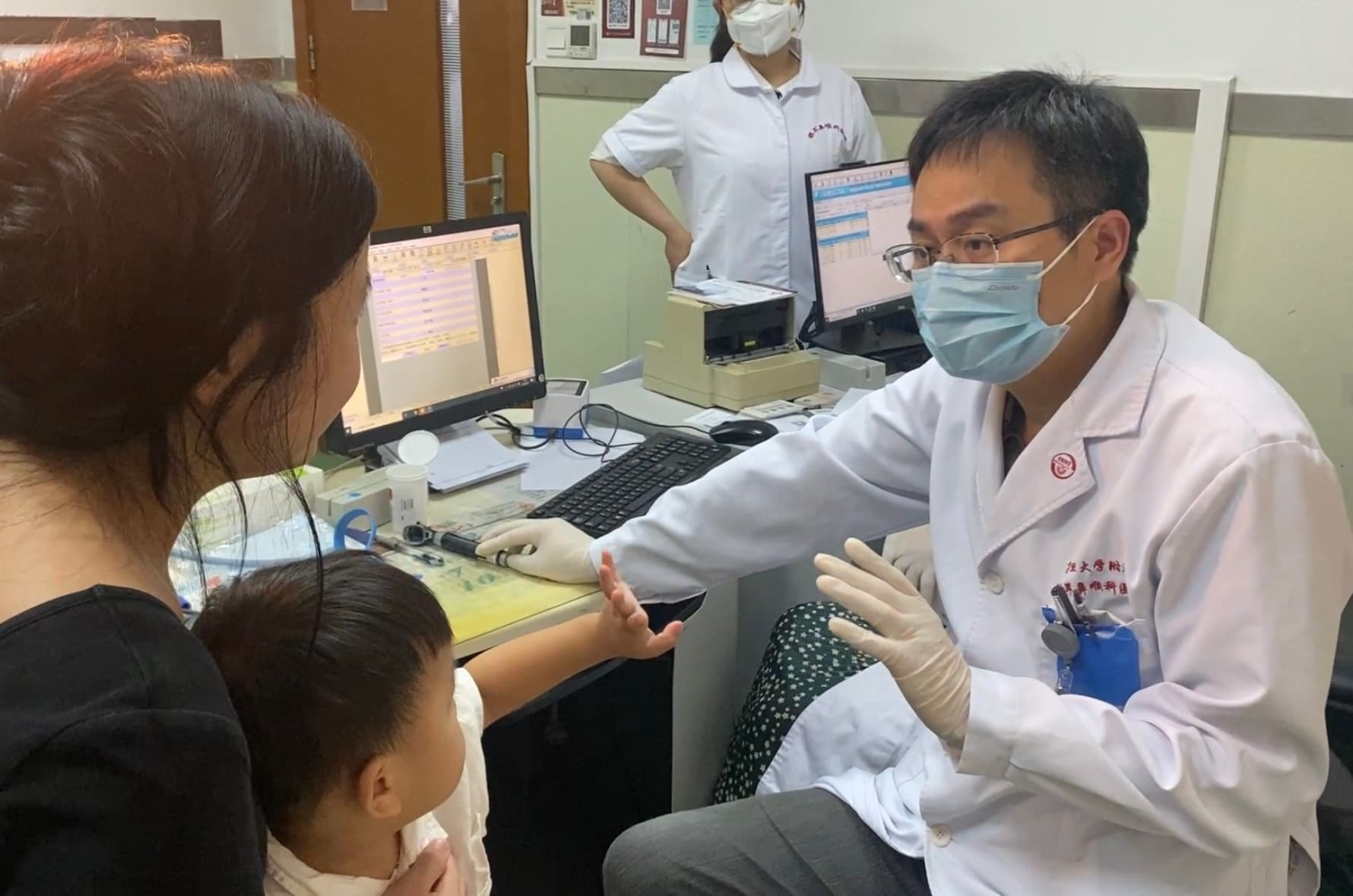Videos made by scientists show how young children initially do not respond to music or being called by their name. A few weeks after the treatment, they dance happily to the music and immediately turn their heads when the scientists make an unexpected sound or say their name.
It is the first time that gene therapy restores hearing in both ears, scientists write in a specialized journal Nature medicine. Other scientists respond enthusiastically. “Innovative and robust data: this is what the entire inner ear gene therapy research field has been waiting for,” says Erwin van Wyk, a geneticist at Radboud UMC in Nijmegen who was not involved in the new study. “This, of course, has a huge impact on the lives of these children and their parents.”
He praises, among other things, the sophisticated trick used by scientists at Fudan University Hospital in Shanghai. The children in the experiment suffered from an inherited form of deafness due to an error in both copies of the so-called OTOF gene. Because of this error, the inner ear does not receive the correct instructions to produce a certain protein that is crucial for hearing.
Elephant in a Fiat Panda
The Chinese injected copies of the healthy gene into the inner ear, packaged in an “emptied” cold virus. In gene therapy, these types of viruses function as a kind of delivery service to deliver the desired genes to the right place in the body. The virus is designed to specifically enter the right cells, but because it is neutralized, it only delivers its payload there.
Loading video…
The challenge with this research was that the desired gene was too large for the virus that provided the transport. Van Wyk: “It’s like trying to transport an elephant in a Fiat Panda.”
Therefore, the scientists cut the desired gene in two. Smaller pieces could travel with the virus package service and be reassembled at their destination. The cells in the inner ear were able to re-produce the missing protein. This protein, otoferlin, is crucial for the proper functioning of hair cells in the ear that convert sound waves into electrical signals that are then processed in the brain. Van Wyk: “We know from gene therapy for eye diseases that the effect of such a treatment can last at least ten years.”
Earlier this year, the Chinese managed to use gene therapy to restore hearing in one ear in children, and now an experiment with both ears followed. Researcher Zheng-Yi Chen said: “We continue to see dramatic increases in children’s hearing abilities, including the ability to localize sound sources and improvements in speech recognition in noisy environments.”
Loading video…
More than 430 million people worldwide suffer from hearing loss and more than 15 million of them have congenital deafness due to a genetic defect. The condition of the children in this study, DFNB9 to experts, occurs regularly in China, but almost never here in the Netherlands. However, Van Wyk believes the results will give a huge boost to research. “Scientists developing gene therapies for other forms of inherited hearing loss will learn from this, and that will undoubtedly lead to new advances.”
